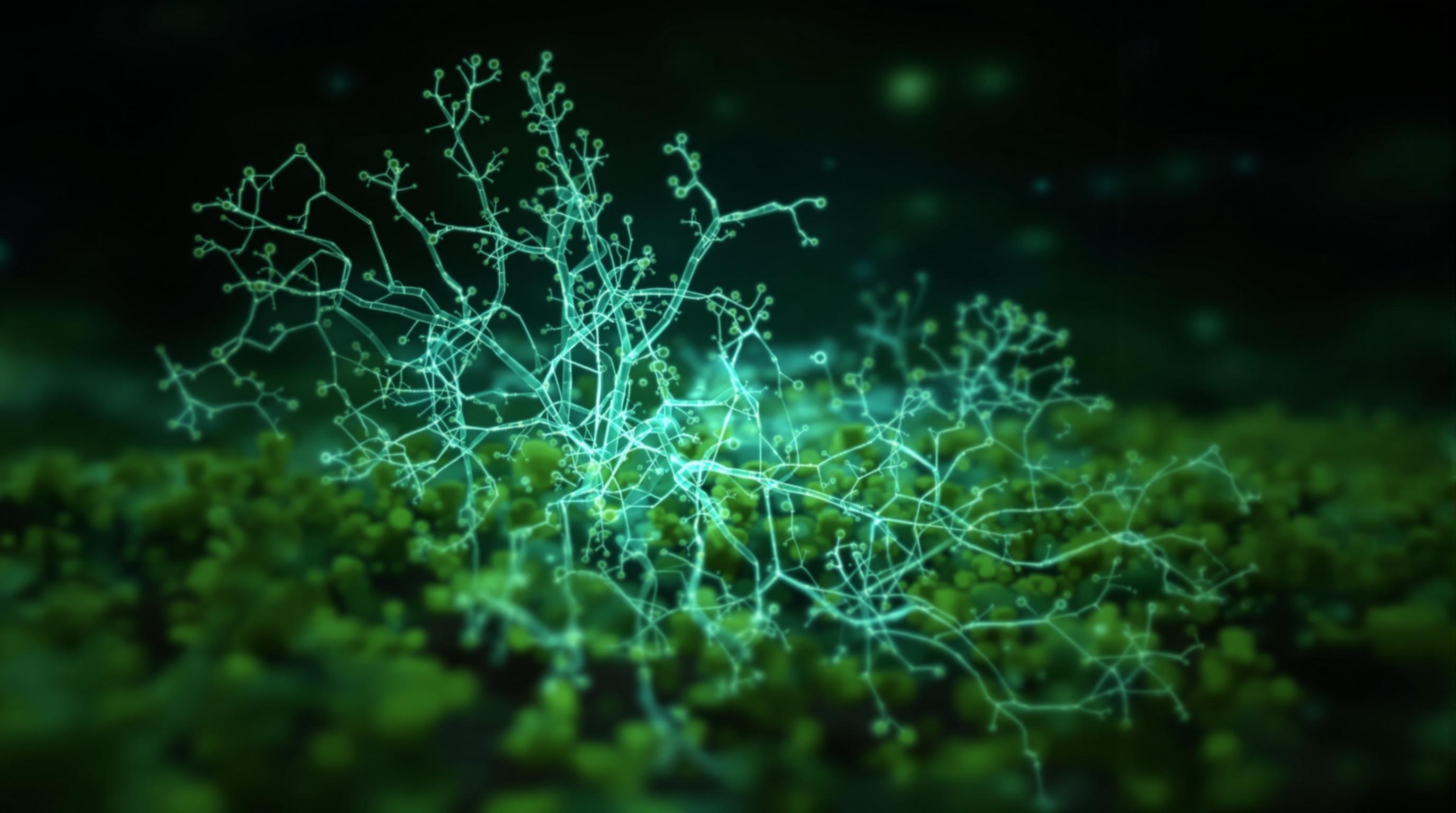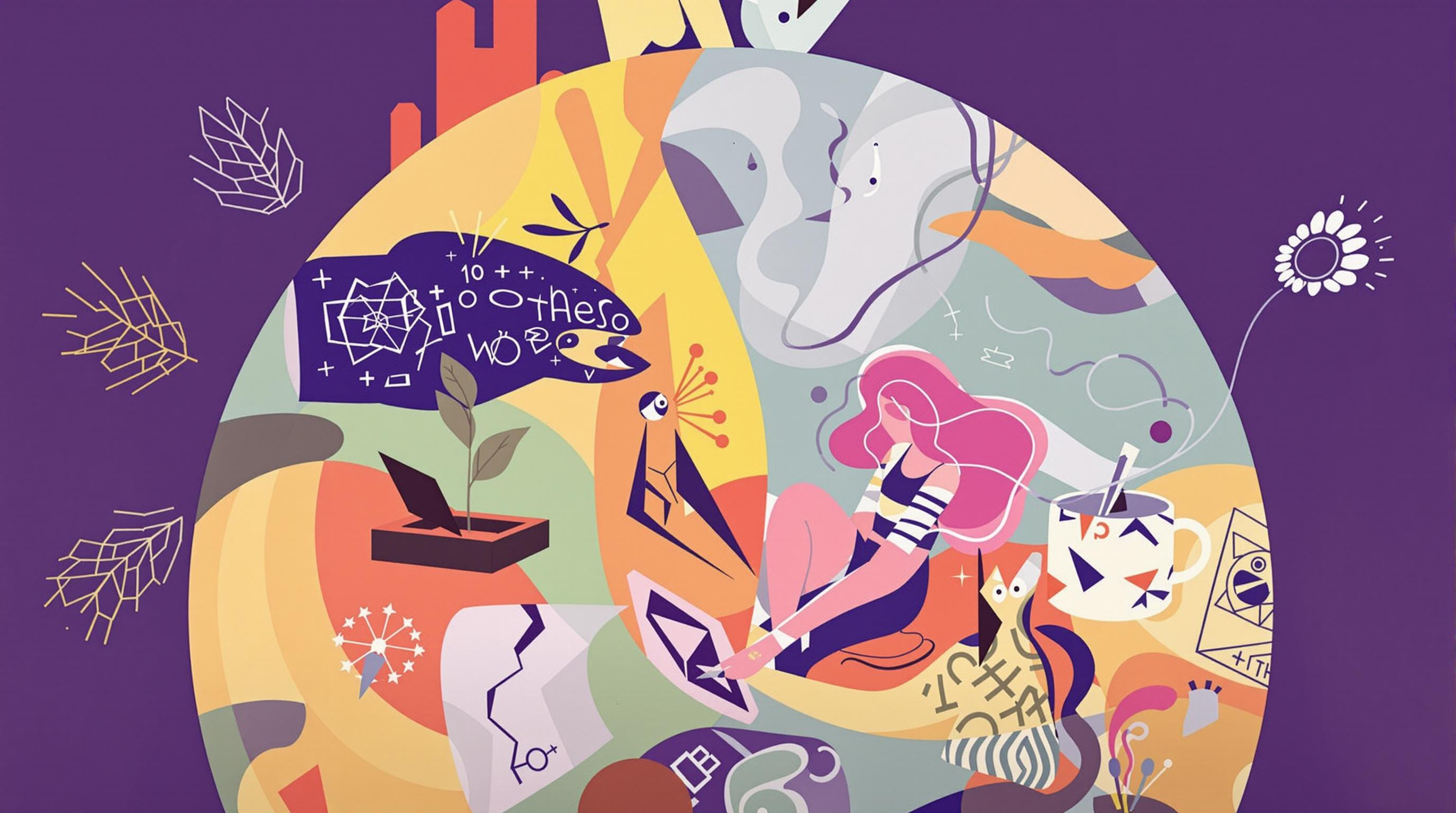Related Articles
- Cultivating Chaos: The Surprising Benefits of Disorder in Sustainable Community Movements
- The Silent Revolution: How Micro-Communities Challenge the Norms of Eco-Conscious Governance
- Rethinking Romance: The Unexpected Impact of Sustainable Love Stories on Community Commitment
- Invisible Workspaces: How the Arrangement of Unseen Elements Shapes Your Daily Workflow and Mental Clarity
- The Hidden Costs of Clutter: How Excess Items in Your Workspace Affect Your Wallet and Well-Being
- Unlocking Creativity: The Unexpected Benefits of Furniture Arrangement on Your Daily Workflow at Home
9 Hidden Dynamics: Examining the Influence of Microbial Ecosystems on Innovative Sustainable Organizing Approaches
9 Hidden Dynamics: Examining the Influence of Microbial Ecosystems on Innovative Sustainable Organizing Approaches
9 Hidden Dynamics: Examining the Influence of Microbial Ecosystems on Innovative Sustainable Organizing Approaches
Introduction
In recent years, there has been a growing recognition of the importance that microbial ecosystems play in the broader environmental and organizational frameworks. These tiny organisms are not just peripheral players; they influence nutrient cycles, soil health, and even human behavior. As sustainable organizing approaches emerge, understanding the role of microbial ecosystems is crucial for fostering innovation.
Innovative solutions to environmental challenges often hinge on interdisciplinary insights that transcend traditional boundaries. By examining microbial ecosystems, researchers and practitioners can uncover hidden dynamics that lead to more effective sustainable practices. This article examines nine critical dynamics that elucidate the impact of these ecosystems on organizing approaches.
These dynamics reflect the intricate interdependencies among species, the adaptability of microbial communities, and the potential for collaboration between human-produced systems and natural processes. Harnessing this knowledge could significantly enhance efforts in sustainability.
Dynamic 1: Diversity and Resilience
Microbial diversity is a cornerstone of ecosystem resilience. A varied microbial population can adapt to environmental changes, maintain ecosystem functions, and even enhance soil fertility. This diversity is mirrored in organizations aiming for sustainability; varied perspectives and skillsets contribute to a holistic approach to innovative problem-solving.
For example, agricultural practices that promote microbial diversity in soils have been shown to increase crop yields and reduce the need for chemical fertilizers (Liu et al., 2022). Such practices require an organizing approach that values collaboration among farmers, scientists, and environmentalists—much like an ecosystem's need for diverse species to thrive.
Therefore, fostering diverse teams within organizations can lead to innovative solutions that are more resilient to change, similar to how microbial ecosystems withstand external stressors.
Dynamic 2: Symbiotic Relationships
Microbial ecosystems exemplify symbiotic relationships, where organisms contribute to each other's well-being. These symbioses are analogous to partnerships in businesses and organizations. Effective collaboration can lead to increased productivity and innovative outputs by leveraging each partner's strengths.
For instance, within natural ecosystems, mycorrhizal fungi form partnerships with plant roots, enhancing nutrient uptake while providing the fungi with carbohydrates. This mutual benefit echoes the collaborative models organizations are beginning to adopt, such as open innovation and shared value creation. Identifying and fostering these partnerships can yield sustainable, innovative solutions.
As organizations seek to organize around sustainability, recognizing and nurturing symbiotic relationships between different stakeholders can be just as beneficial as the biological interactions found in nature.
Dynamic 3: Feedback Loops
Feedback loops in microbial ecosystems are critical for maintaining balance. For example, the presence of certain bacteria can promote soil health, which in turn affects plant growth and the overall ecosystem. This process can be mirrored in organizations, where the outcomes of initial decisions produce feedback that influences future actions.
Organizations that embed feedback mechanisms into their operational processes often find greater agility in responding to challenges. Continuous assessment can lead to innovations that are not only effective but are also sustainable in the long run, as seen in adaptive management practices often used in ecological restoration.
Integrating feedback loops into sustainable organizing approaches allows organizations to evolve dynamically, much like a thriving ecosystem, responding to both internal and external stimuli.
Dynamic 4: Resource Sharing
In nature, microbial communities often share resources, such as nutrients and energy. This dynamic of resource sharing can inspire innovative approaches in organizational contexts. For example, companies can engage in resource sharing through collaborative initiatives, pooling resources to achieve common sustainability goals.
The Circular Economy model exemplifies this dynamic, where waste from one entity becomes a resource for another, reducing overall consumption and fostering sustainable practices. By looking at microbial ecosystems, businesses can understand the value of collaboration and sharing to optimize resource use.
Fostering a culture of sharing and collaboration can not only drive sustainable outcomes but also enhance creativity and innovation within organizations, echoing the interconnectedness found in nature.
Dynamic 5: Innovation through Adaptation
Microorganisms constantly adapt to their environments, evolving to utilize available resources effectively. Their ability to adapt serves as a model for organizations striving for sustainability in a rapidly changing world. Organizations that embrace change and encourage innovative thinking can create more sustainable practices.
Military and emergency response organizations, for example, often adopt strategies to adapt rapidly to changing scenarios. This adaptability can mirror microbial responses to sudden environmental shifts, promoting sustainability by optimizing response mechanisms and resource allocation.
To remain relevant and effective, organizations must cultivate a culture of experimentation and willingness to iterate on existing processes, much like the adaptable strategies employed by microbial communities.
Dynamic 6: Connectivity and Networks
Microbial networks illustrate how connectivity within ecosystems fosters resilience. The interconnectedness of microbial species enables cooperative behaviors that strengthen the entire community. In organizational terms, networked structures can enhance collaboration and innovation.
Organizations that harness the power of networks can access a broader range of ideas and expertise, facilitating innovation. By establishing connections with various stakeholders—such as academia, non-profits, and other businesses—organizations can tap into diverse knowledge pools.
This interconnected approach to organizational design can yield sustainable innovations that mirror the cooperative dynamics found in microbial systems, reinforcing the importance of building relationships across boundaries.
Dynamic 7: Decision-Making Processes
Microbial systems often operate on decentralized decision-making, which allows for rapid responses to environmental changes. This decentralized nature can inspire organizational structures that allow for distributed decision-making, promoting empowerment among team members.
Decentralized decision-making in organizations can lead to more innovative solutions as employees at all levels contribute ideas and feedback. The flexibility allows for a quicker adaptation to market changes, similar to how microbial communities adjust their behaviors based on immediate ecological needs.
Encouraging a culture of inclusivity and shared decision-making can not only yield innovative outcomes but also align organizations more closely with sustainable practices, echoing the adaptive nature of microbial ecosystems.
Dynamic 8: The Role of Technology
Technology plays a critical role in understanding and leveraging microbial ecosystems. Advances in genetic sequencing and data analysis allow us to study these organisms in unprecedented detail. This technological insight informs innovative organizing approaches that prioritize sustainability.
For instance, precision agriculture employs technology to interpret microbial activity in soil, optimizing resource use and minimizing waste. Similarly, technology supports organizations in tracking their sustainability metrics, improving transparency and efficiency.
As organizations integrate technology into their sustainable practices, they can replicate the adaptive and innovative strategies present in microbial ecosystems, enhancing their responsiveness to environmental challenges.
Dynamic 9: Cultural Perspectives
Cultural perspectives shape the understanding and engagement with microbial ecosystems. These cultural dynamics affect how communities relate to their environment and prioritize sustainability. Diverse cultural approaches can inspire innovative organizing strategies that reflect local values and practices.
For example, indigenous communities often possess profound knowledge of local ecosystems and sustainable practices honed over generations. Integrating these cultural insights into organizational frameworks can lead to more locally relevant and effective sustainability initiatives.
By valuing cultural diversity in practices and approaches, organizations can foster innovation that resonates with various communities, initiating a deeper connection to sustainable organizing.




